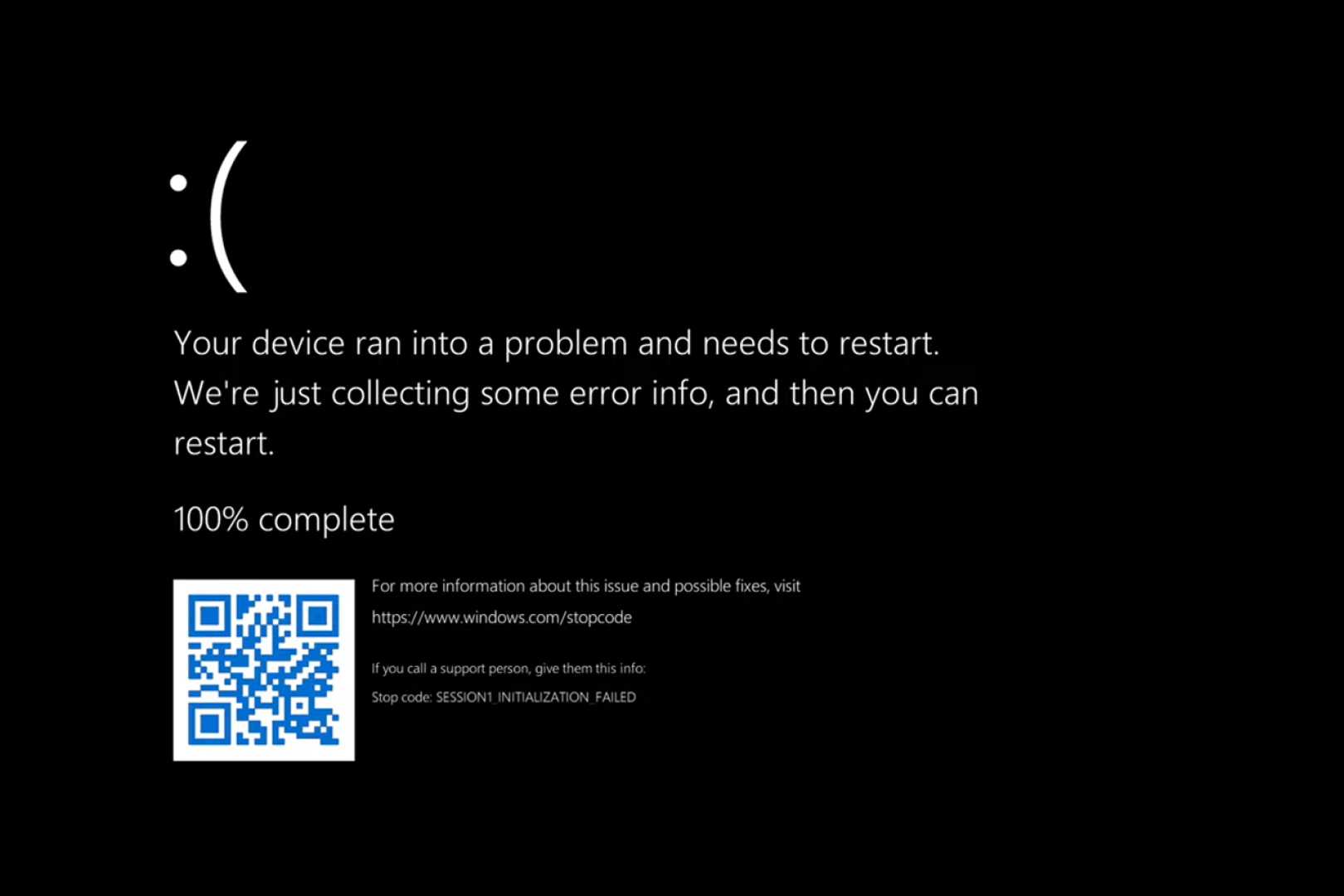Tech
Microsoft Introduces Black Screen of Death for Windows 11

REDMOND, Wash. — Microsoft has officially announced a major change to its error messaging system. The company will replace the iconic Blue Screen of Death (BSOD) with a new Black Screen of Death (BSOD) in an upcoming update for Windows 11 this summer.
For nearly 40 years, the BSOD has signified critical errors in Windows operating systems. This new design simplifies the screen’s appearance, dropping the traditional blue color, frowning face, and QR code in favor of a streamlined black backdrop. The change aims to enhance user experience by clearly displaying error codes and system fault information during crashes.
David Weston, vice president of enterprise and OS security at Microsoft, explained the reasoning behind this change. “This is really an attempt on clarity and providing better information and allowing us and customers to really get to what the core of the issue is so we can fix it faster,” Weston told The Verge. The new format will allow IT administrators to more quickly identify issues without needing specialized crash analysis tools.
This modification will be part of a broader initiative to bolster the reliability of Windows systems, particularly in light of the CrowdStrike incident in 2024, which led to numerous systems experiencing BSODs worldwide. The company noted that the update will also include features aimed at reducing recovery time following unexpected restarts to just two seconds for most users.
The Blue Screen of Death has become a cultural icon since its introduction with Windows 1.0 in 1985. Its disappearance signifies not just a visual update but also a shift in how Microsoft approaches system errors and user experience.
The Black Screen of Death will be available for all Windows 11 version 24H2 devices later this summer, offering a ‘simplified UI for unexpected restarts’ and an easier method for users to recover from system crashes.












